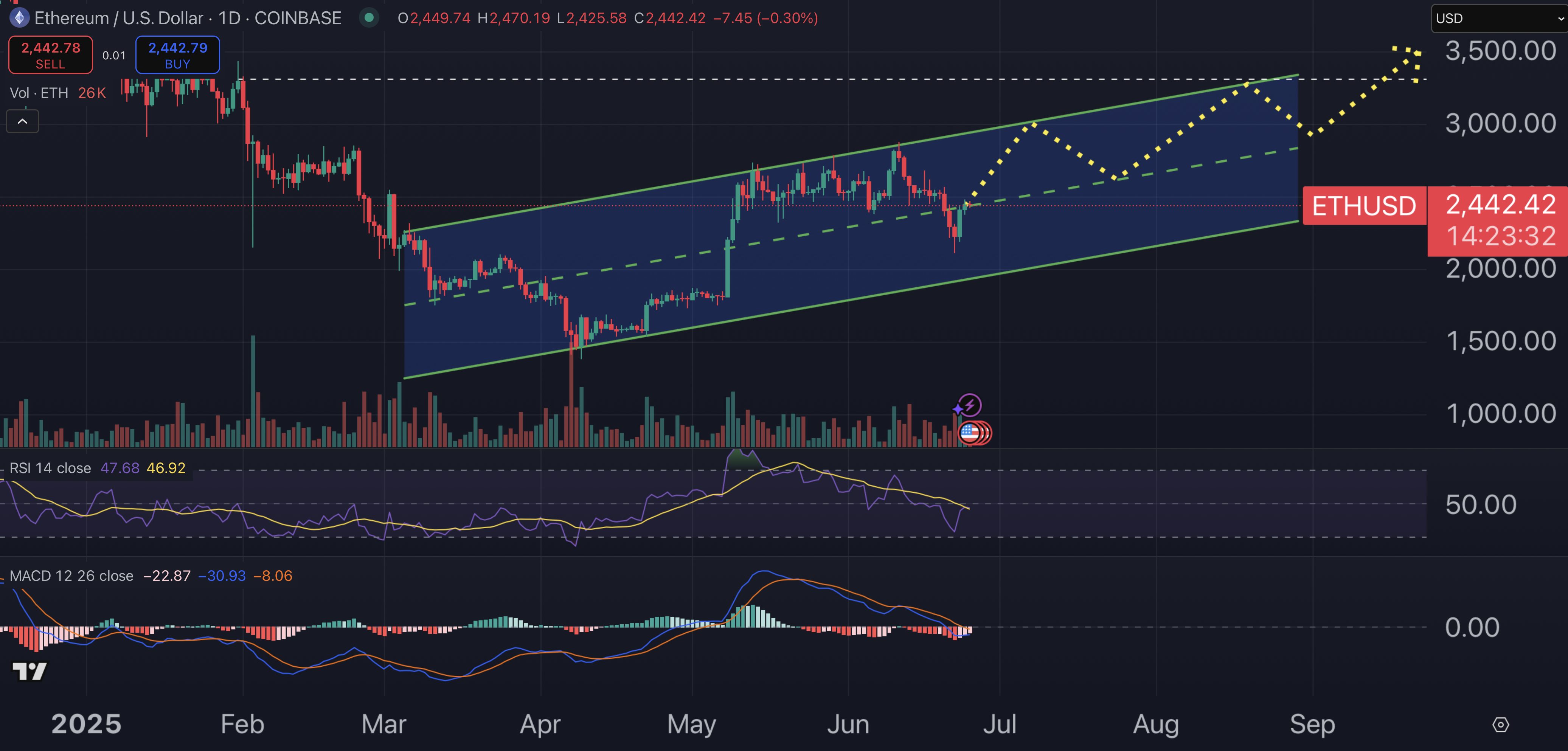Enjoy complimentary access to top ideas and insights — selected by our editors.
Most accountants have clients that need advisory services and are not amenable to discussing their needs; and they tell you they do not want to engage you for those services. Some of these involve succession planning, the business’s valuation, exit strategies, buy-sell agreements when there are multiple owners or a continuation plan if a single owner. There are many other services, but I think I have developed a method to start a discussion to introduce a client to the need for some of these types of services.
All business clients need these services at one point, but for most, that point is at a vague time in the future so is not usually considered. I consider these services to be “Important but Not Urgent” and, no matter how hard I’ve tried, it has been difficult to have some clients move these into the “Let’s Work on It Now” department of their brains.
I do not have a pill that creates instant recognition of the need to plan, but I have come up with a way to get a discussion started, which I will show you here. Many accountants are reluctant to provide “free” services to clients, but they go out of their way to do this for potential clients. My approach is to consider this “introduction” as a sales effort to make the advisory services’ sale. Additionally, even when it has not been successful, I’ve found out much more about a client’s thinking, attitude, insecurities and thoughts about the future than I would have. Even in the absence of securing added revenues, my efforts strengthened the relationship. Further, occasionally a client recommended me to a nonclient that needed such consulting.
The following is a “fact sheet” similar to what I might prepare for a client to give to their representative that would present it to a prospective buyer to determine if there is any interest before too much time and effort is expended.
Fact Sheet
Type of business or industry: Generic description such as manufacturing, distributor, construction contractor, professional services, health care, financial services, environmental.
Products: Consumer staple, manufactured parts, manufactured products, services.
Customers: Consumers, OEMs, distributors, retailers, direct sales force, contractors.
Trademarks and brands: Many, some or none.
Location: East Coast with warehouse facilities in the Central U.S.
Geographic area of customers: East Coast, national, international.
Established: More than 20 years ago.
Sales last three years: $XX,XXX,XXX (2023), $YY,YYY,YYY, $ZZ,ZZZ,ZZZ
Gross margins last three years: 37% (2023), 32%, 28%
Total personnel end of last three years: 236 (2023), 218, 202
Web-based sales last three years: 27% (2023), 21%, 13%
Adjusted EBITDA [I prefer Free cash flow and the difference with EBITDA could be an interesting discussion advising the client]: $X,XXX,XXX (2023), $Y,YYY,YYY, $ZZZ,ZZZ
Ownership: Single owner OR majority owner wants to retire but a 4-person management team (with 24% ownership) will remain
Age range of four-person management team: 42 to 56
Asking price: Seven times 2023 EBITDA
This fact sheet is a capsule look at the business and some major trends such as sales, margins, personnel and profits. It also provides the client with a look at what potential buyers consider important. Preparing this fact sheet would take about a half hour, another half hour preparing an agenda for a meeting and an hour meeting to determine the client’s interest level. Total of two hours. Measure this time against the time you would spend trying to get a client with these specs. Probably much more than seven or eight hours. If you follow this “fact sheet” method for four clients, I believe you would generate at least one added engagement, along with the intangible benefit of a stronger relationship with all of these clients.
Comment: My Memoirs as a CPA book has been published and is available in Kindle and print editions at amazon.com. Buy it, read it and enjoy it! Do not hesitate to contact me at
Credit: Source link











